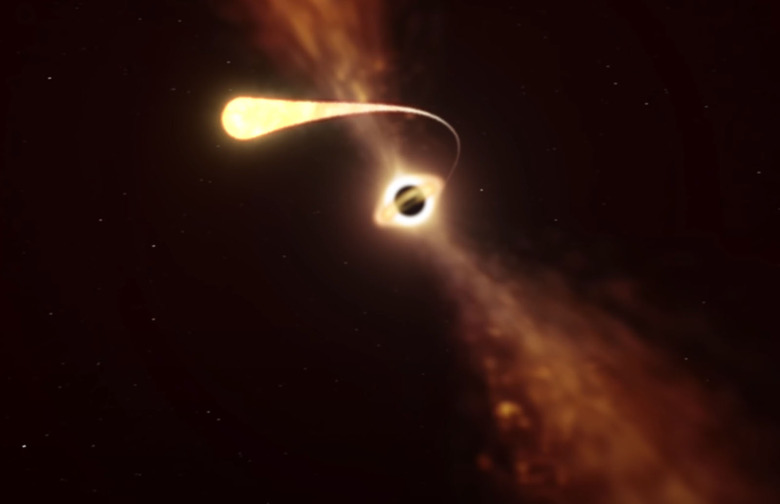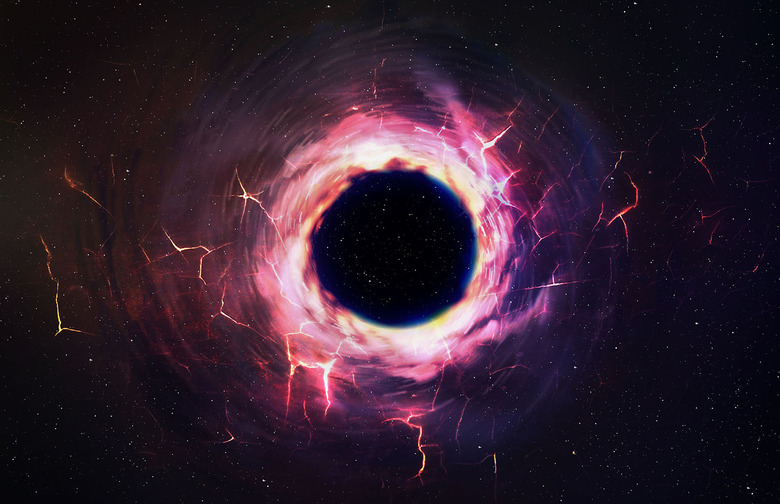Hubble Reveals A Rogue Black Hole That's Closer Than We Thought
Black holes are one of the biggest mysteries of space. They're also one of the most terrifying things, too. The black holes themselves are invisible. That's because not even light can escape the intense gravity pull that they create. We've discovered plenty of black holes. But scientists believe they may have now discovered a wandering black hole.
Scientists may have discovered a wandering black hole
The idea that there is something out there slowly eating away at stars is scary enough. But, when you think about the fact that there are wandering black holes, well space gets a lot scarier. Of course, there isn't much for us to worry about, as the black hole isn't necessarily near us.
Oftentimes, finding black holes is all about looking for the stars that orbit them. This is the case with many black holes, like the supermassive black hole at the center of the Milky Way. But scientists believe there are hundreds of millions of black holes drifting through space. So, it makes sense that at least one might be wandering through the cosmos.
Different groups looking into the discovery say that the object is between 1.6 and 7.1 solar masses. These estimates are rough, and depending on where it lands, the object could be the wandering black hole they suspect or just another neutron star.
Whatever it turns out to be, it is located 5,000 light-years away from the Earth. So, there's little to no danger of it getting close to us anytime soon.
Looking closer
We've been studying black holes as much as possible since the first discovery of Cygnus X-1 in 1964. Earlier this year, astronomers managed to capture the first image of our galaxy's black hole, too. But finding one that wanders around the universe is maybe a little unexpected. And, as I noted above, it could turn out to not be a black hole at all.
But we'll know for sure sooner rather than later. That's because Hubble is set to observe the area where the object is located in the second half of 2022. With more observations, the astronomers are hopeful that we'll be able to fully discern whether it is a wandering black hole or a neutron star.
Either way, the discovery is one worth noting and celebrating.
The Astrophysical Journal has accepted a paper with findings from another team looking into the object. It will be published later this year.


